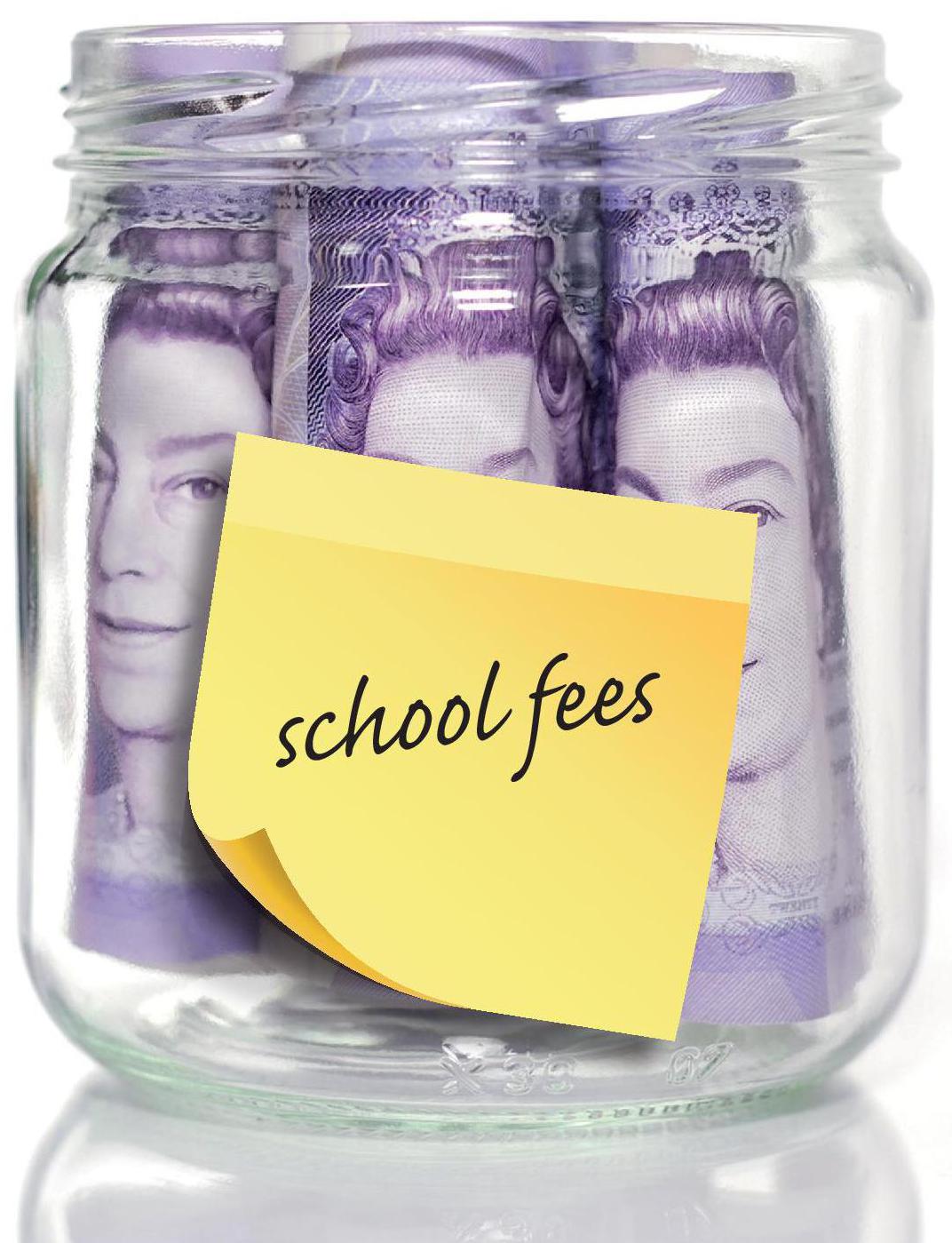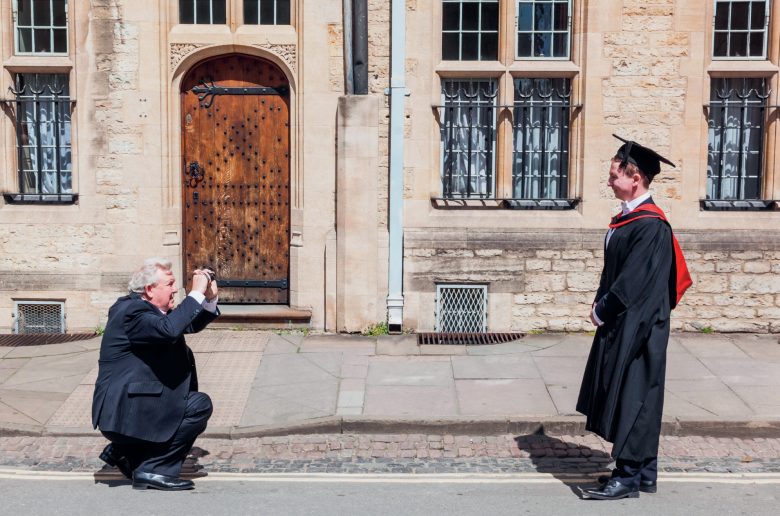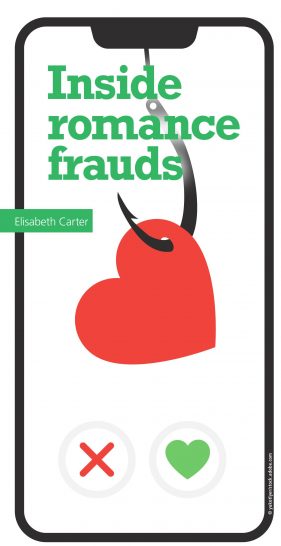
Figures from the Independent Schools Council show that around 6.5% of pupils in the UK are educated in the private sector. The figure for pupils in England is 7%. If we look at pupils over 16, the proportion of privately educated school students rises to 18%. The costs of private education are far beyond the means of most parents. In 2015, the average annual fee for a day pupil in a private school was more than £13,000. For private pupils who were boarders, the average cost was more than £30,000 per year. This is an average fee. While some are less, fees at the most prestigious private schools are far in excess of this. In contrast, state schools receive an annual average of £4,500 per pupil (see Box 1).
While there are only 164 grammar schools in England, they are among the most successful state schools. By definition, their intake is selective, but the Institute for Fiscal Studies found that grammar schools were four times more likely to admit children from private schools than those receiving free school meals. While 12.7% of children admitted to grammar schools in 2013 were from private schools, only 3% of the total intake were eligible for free school meals. (In other state schools, the figure is 17.5%.) So an early-years private education can help in gaining a grammar school place.
Your organisation does not have access to this article.
Sign up today to give your students the edge they need to achieve their best grades with subject expertise
Subscribe




